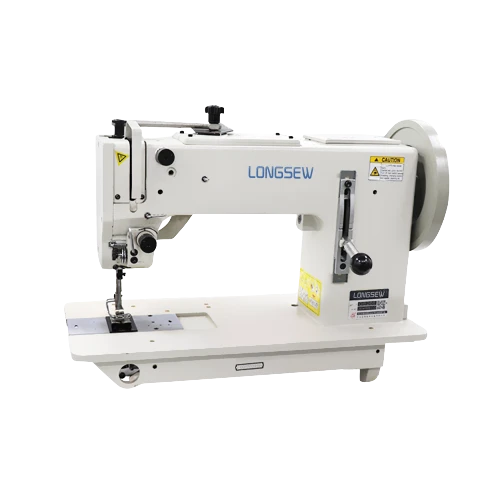Efficient Cutting and Sewing Machine for High-Quality PP Woven Bags Production Process
Innovations in PP Woven Bag Cutting and Sewing Machines
The demand for polypropylene (PP) woven bags has surged significantly over the years, driven by an increasing focus on sustainable packaging solutions and the need for durable, lightweight storage options. As industries continue to evolve, so too does the technology used in the production of these bags. Among the critical components of this production process are the cutting and sewing machines specifically designed for PP woven bags. In this article, we will explore the advancements in cutting and sewing technology, their benefits, and their impact on the packaging industry.
Understanding PP Woven Bags
PP woven bags are made from polypropylene, a versatile thermoplastic polymer. These bags are widely used in various sectors, including agriculture, construction, and retail, due to their strength and ability to hold heavy loads. They are also moisture-resistant and can be produced in various sizes and colors, making them an attractive option for businesses looking for functional and customizable packaging solutions.
The Role of Cutting and Sewing Machines
The cutting and sewing process is vital in transforming raw materials into finished products. The efficiency and precision of these machines can significantly impact the quality and cost-effectiveness of the final product. With advancements in technology, modern PP woven bag cutting and sewing machines have become more sophisticated, introducing features that enhance productivity and reduce waste.
Advanced Cutting Technology
New cutting machines utilize automated systems that improve accuracy and speed. Many machines now incorporate computer numerical control (CNC) technology, allowing for precise measurements and cuts with minimal human intervention. This level of automation not only increases output but also reduces fabric waste, as the machines can optimize the layout of each cut.
Moreover, features like laser cutting are becoming popular, providing a clean edge that helps prevent fraying and enhances the overall appearance of the bags. This technology is particularly useful for intricate designs and logos, allowing manufacturers to offer more customization options to their clients.
pp woven bag cutting sewing machine

Efficient Sewing Solutions
Sewing machines for PP woven bags have also seen significant advancements. Contemporary machines are equipped with high-speed stitching capabilities, making it possible to sew multiple layers of material in a single pass. This efficiency not only speeds up production but also ensures durable seams, which are critical for maintaining the structural integrity of the bags.
Additionally, some sewing machines are designed to work with various types of threads and materials, accommodating different bag requirements such as UV resistance or water repellence. Many machines also come with automated functions, such as thread trimming and backstitching, further enhancing productivity and reducing labor costs.
The Impact on the Industry
The innovations in cutting and sewing technology for PP woven bags have transformed the manufacturing landscape. Businesses can now produce high-quality bags more efficiently, meeting the growing demand from retailers seeking sustainable and reliable packaging solutions. As companies focus on reducing their environmental footprint, the ability to produce recyclable and durable bags has become increasingly important.
Furthermore, with the rise of e-commerce and the need for effective shipping solutions, the role of PP woven bags in packaging continues to be pivotal. Manufacturers equipped with advanced cutting and sewing machines can quickly adapt to changing market trends, offering innovative products that cater to diverse consumer needs.
Conclusion
The evolution of PP woven bag cutting and sewing machines represents a significant shift in the packaging industry. By embracing advanced technologies, manufacturers can enhance efficiency, reduce waste, and produce high-quality products that meet the demands of today’s market. As the focus on sustainability grows, the innovations in this sector will undoubtedly play a crucial role in shaping the future of packaging solutions, contributing to a more sustainable and efficient manufacturing landscape.
-
Leather Sewing Machine: The Industrial Standard for Tough MaterialsNewsJul.18,2025
-
Sail Making Machine: Heavy-Duty Stitching for Industrial and Marine NeedsNewsJul.18,2025
-
Sling Sewing Machine: The Backbone of Heavy-Duty FabricationNewsJul.18,2025
-
Leather Sewing Machine: Precision for Heavy-Duty StitchingNewsJul.18,2025
-
Big Bag Sewing Machine: Powering the Future of Bulk PackagingNewsJul.18,2025
-
FIBC Sewing Machine: Essential Equipment for Bulk Bag ProductionNewsJul.18,2025
-
Heavy Duty Leather Sewing Machine: A Must-Have for Professional LeatherworkNewsMay.28,2025





























